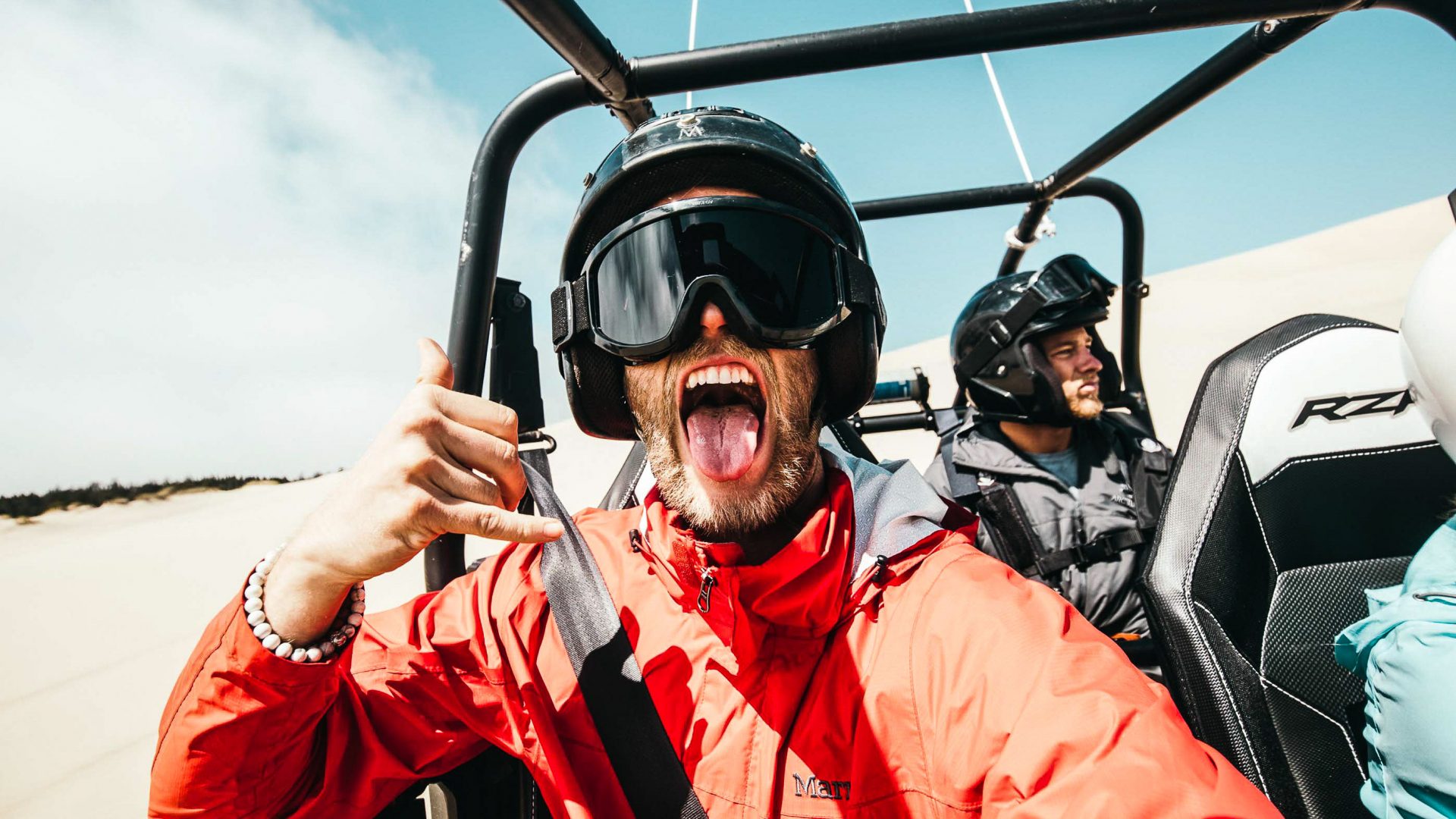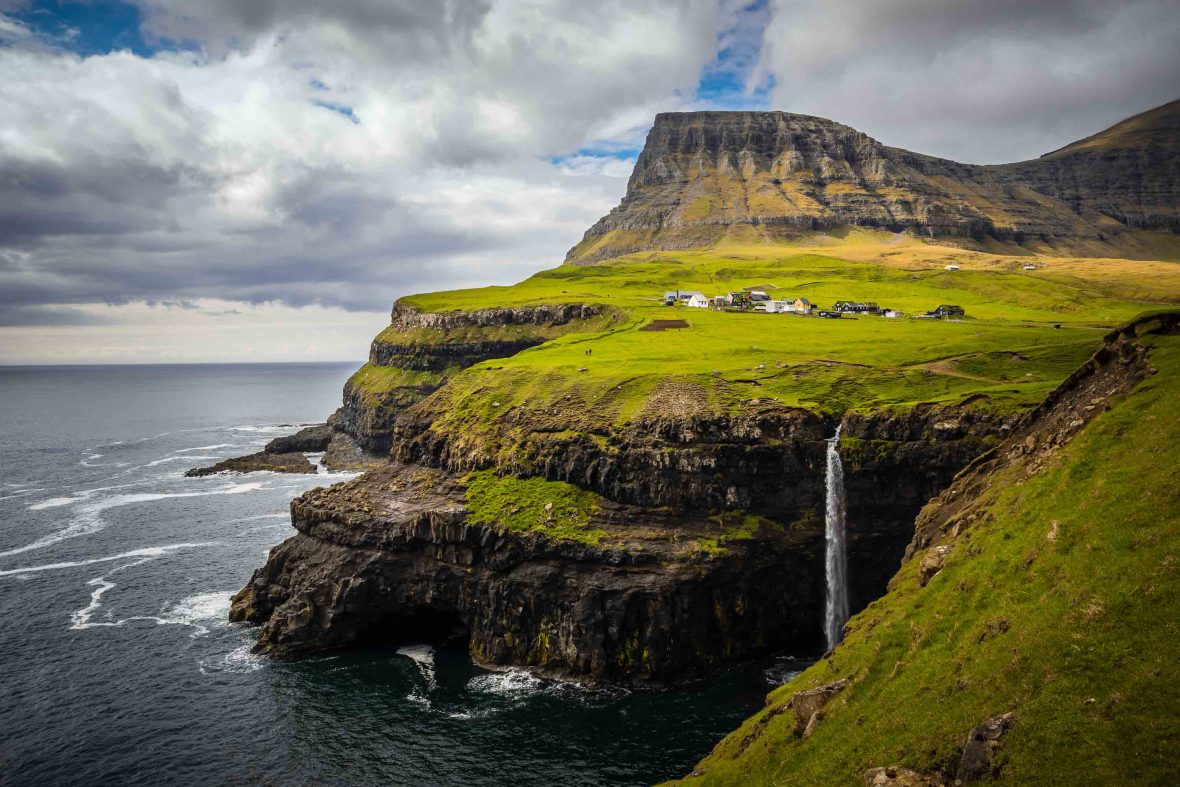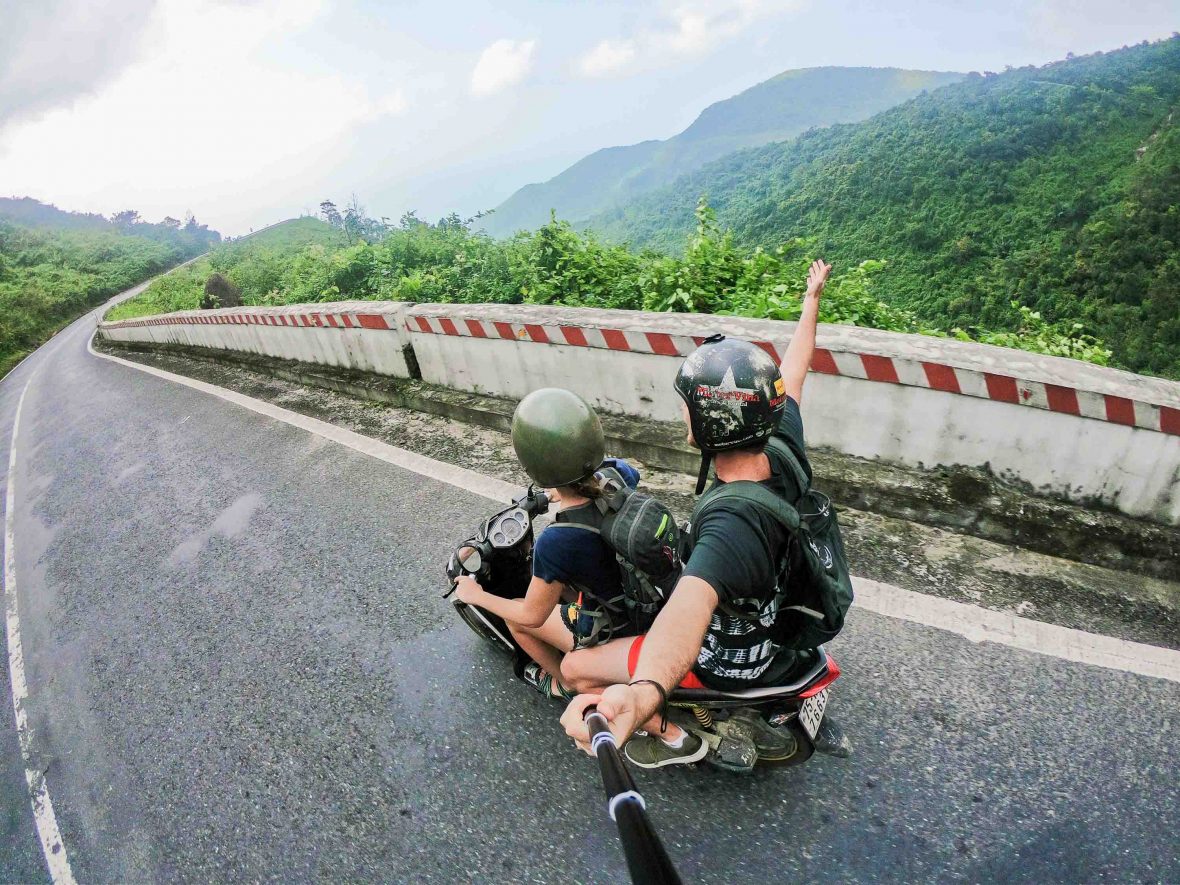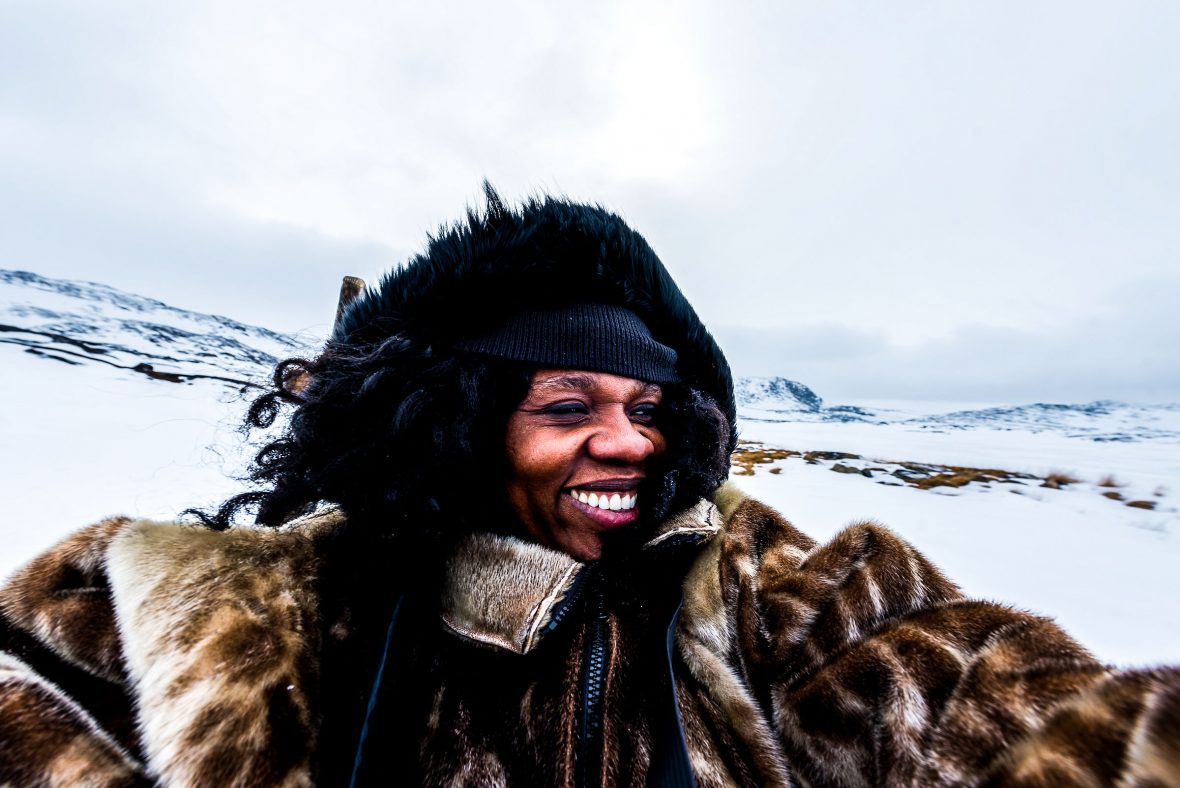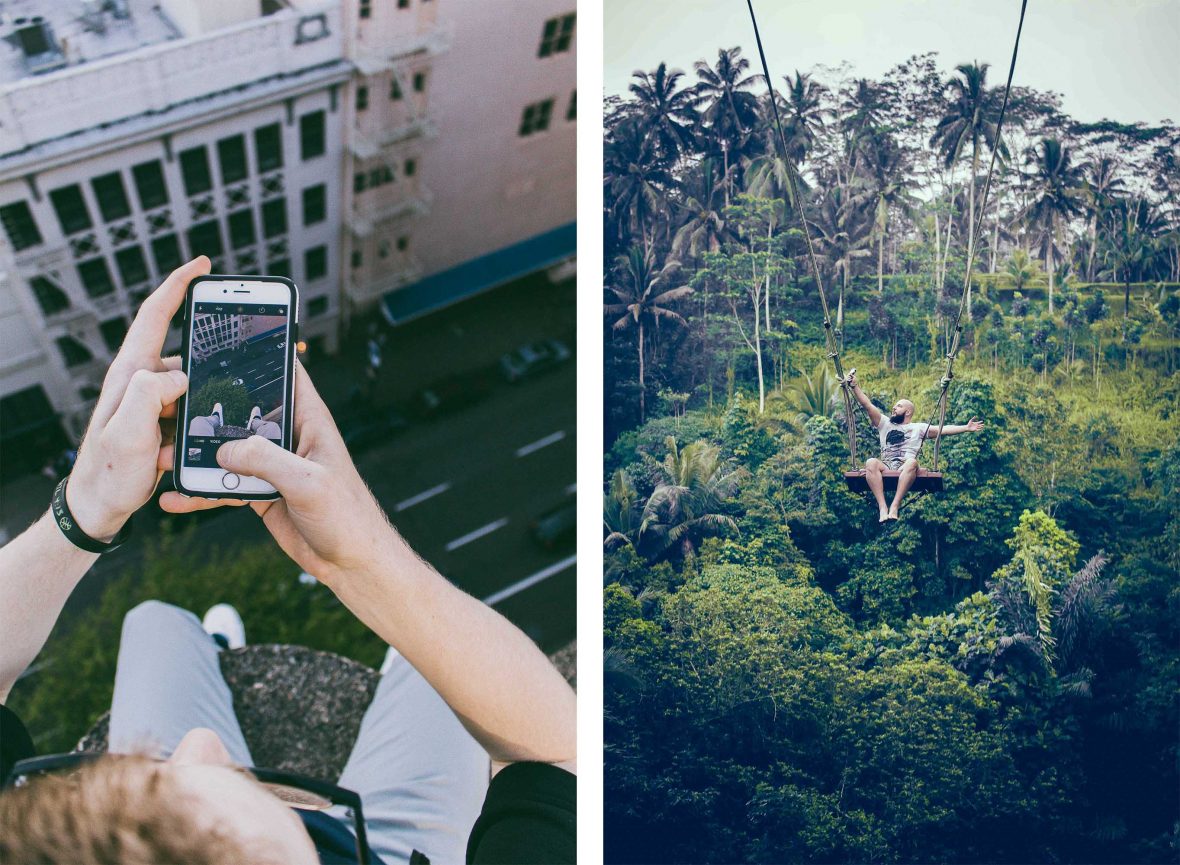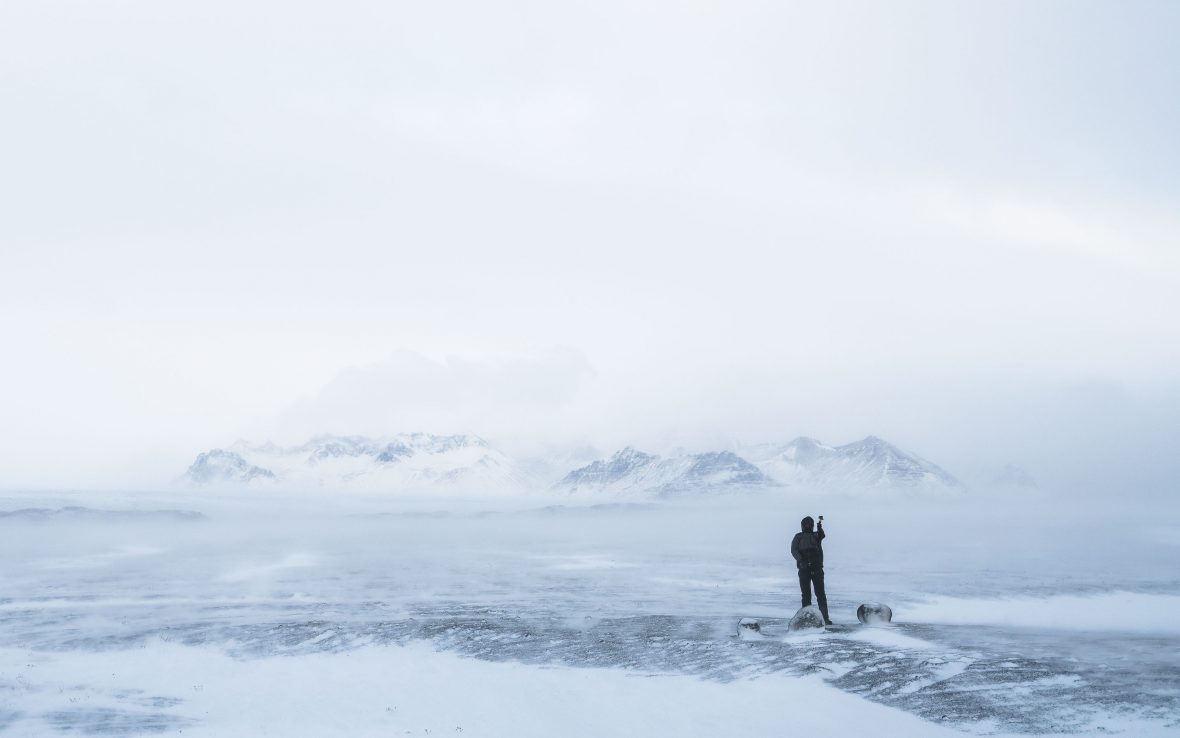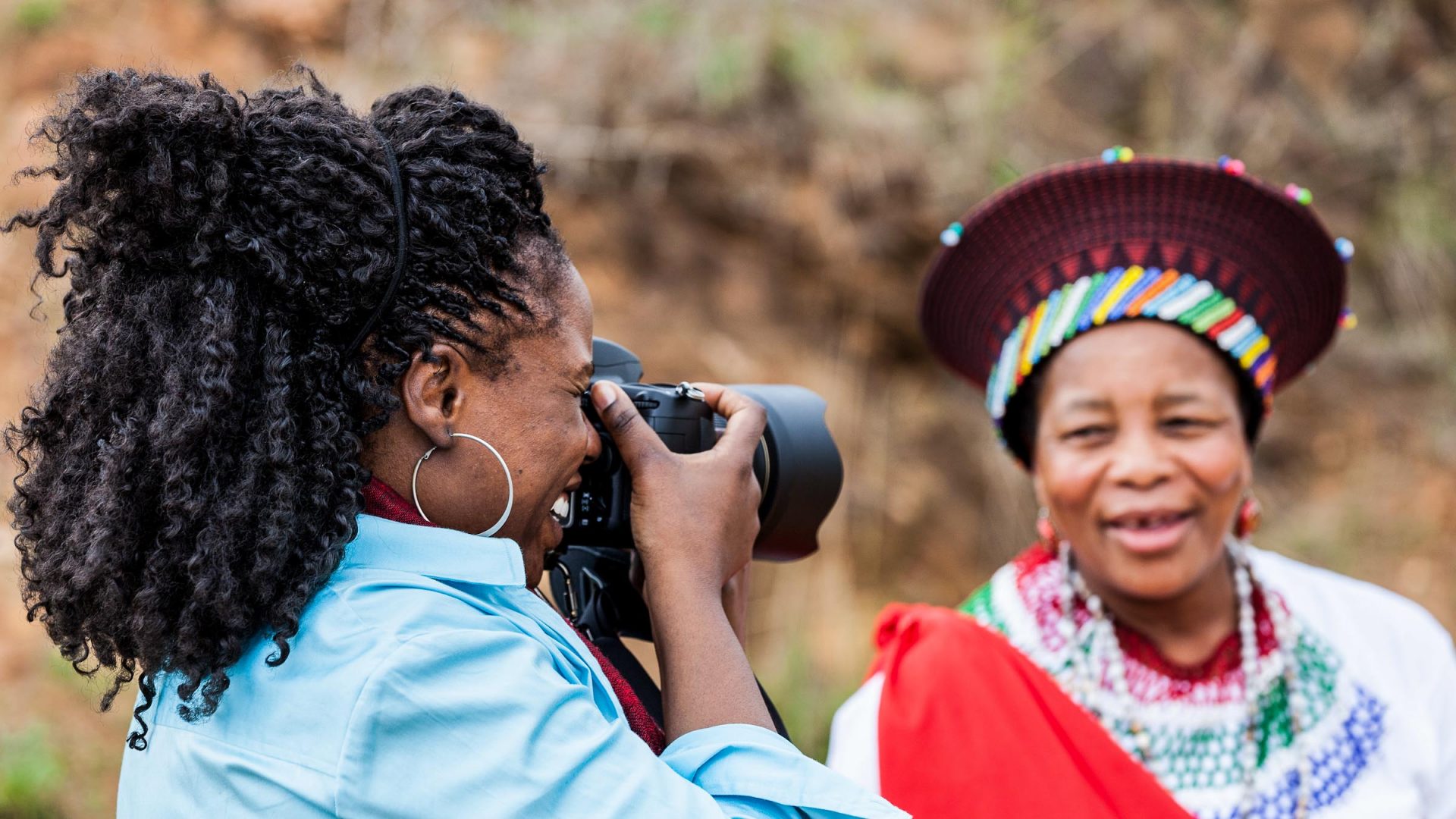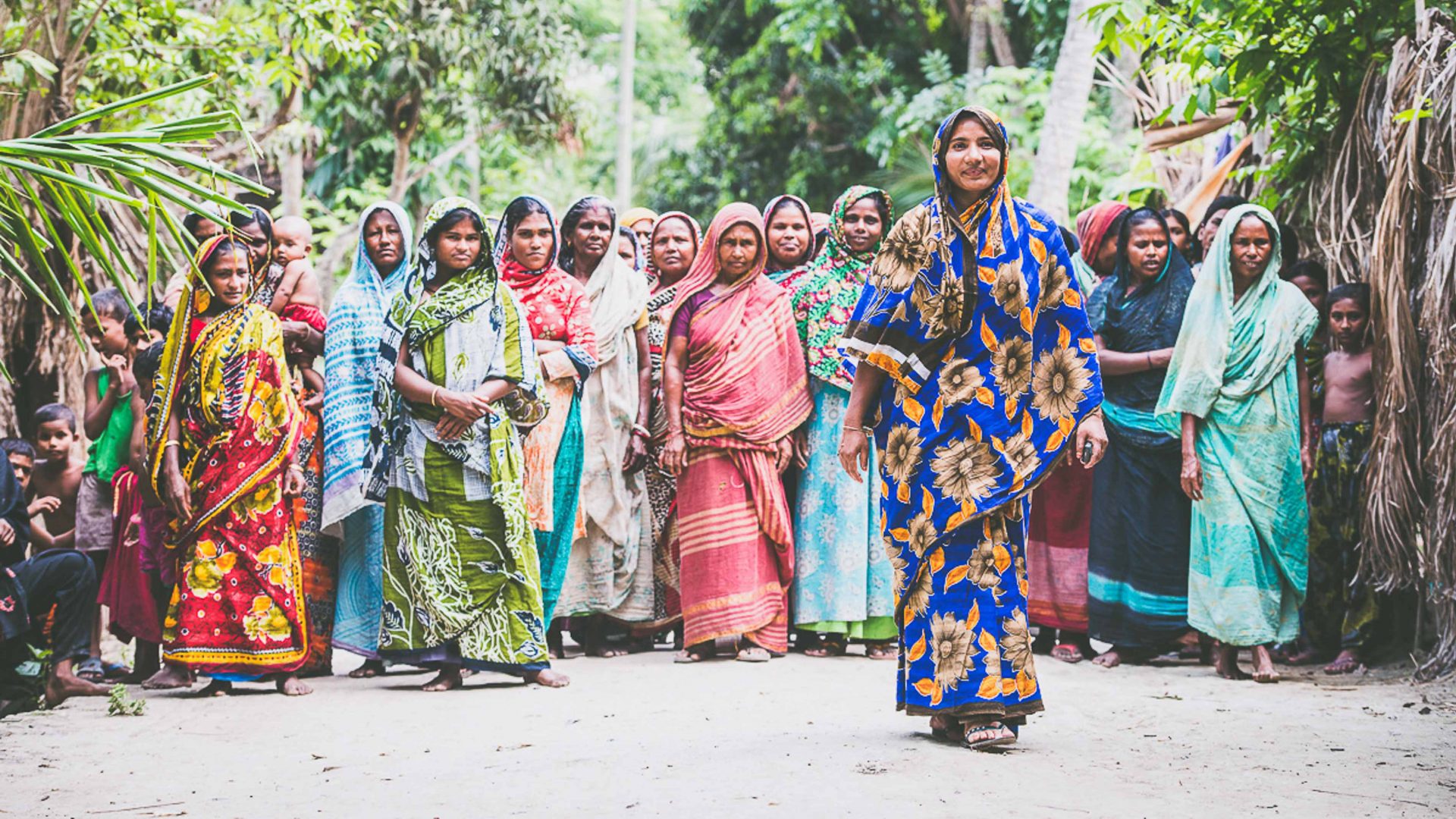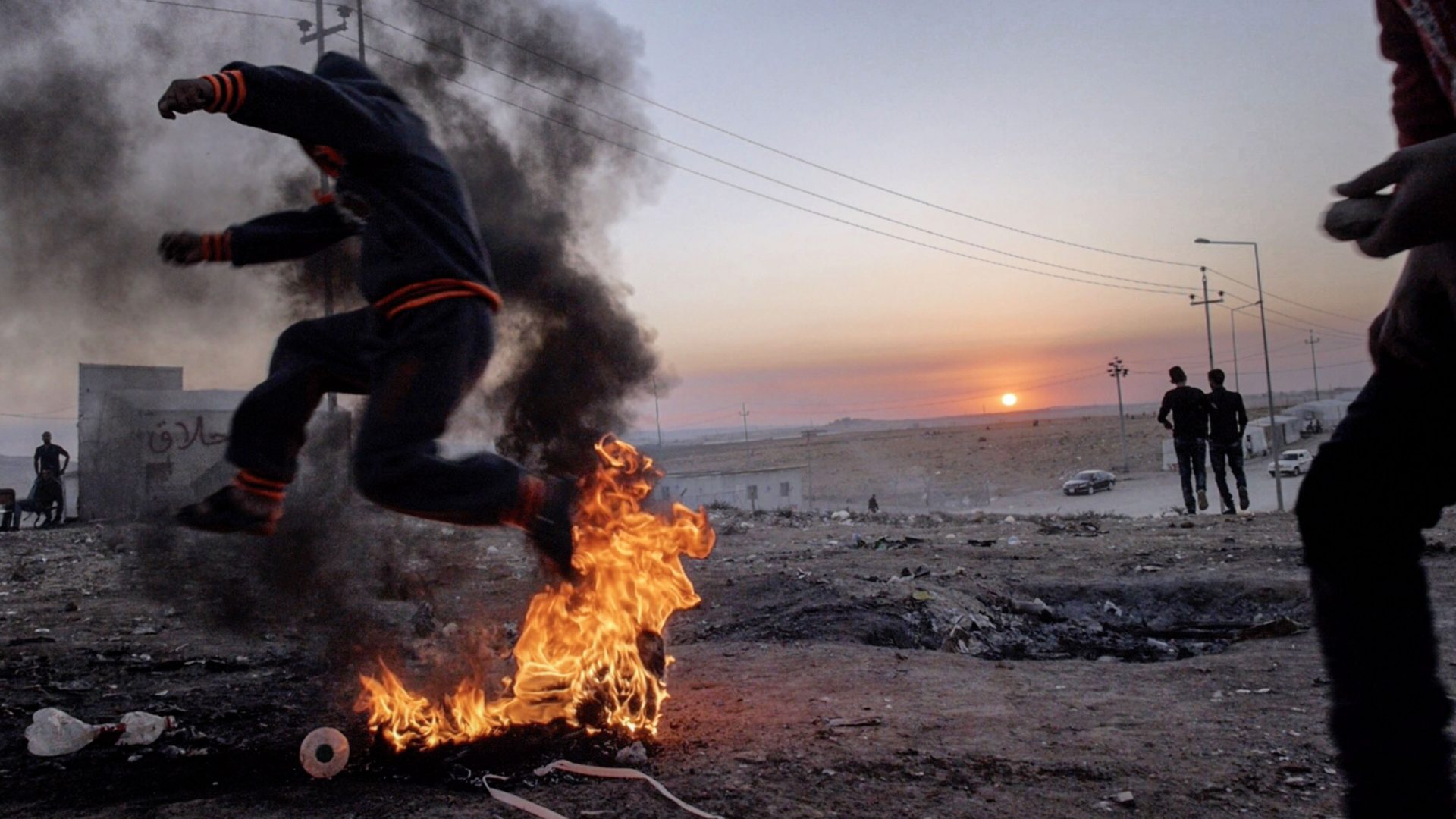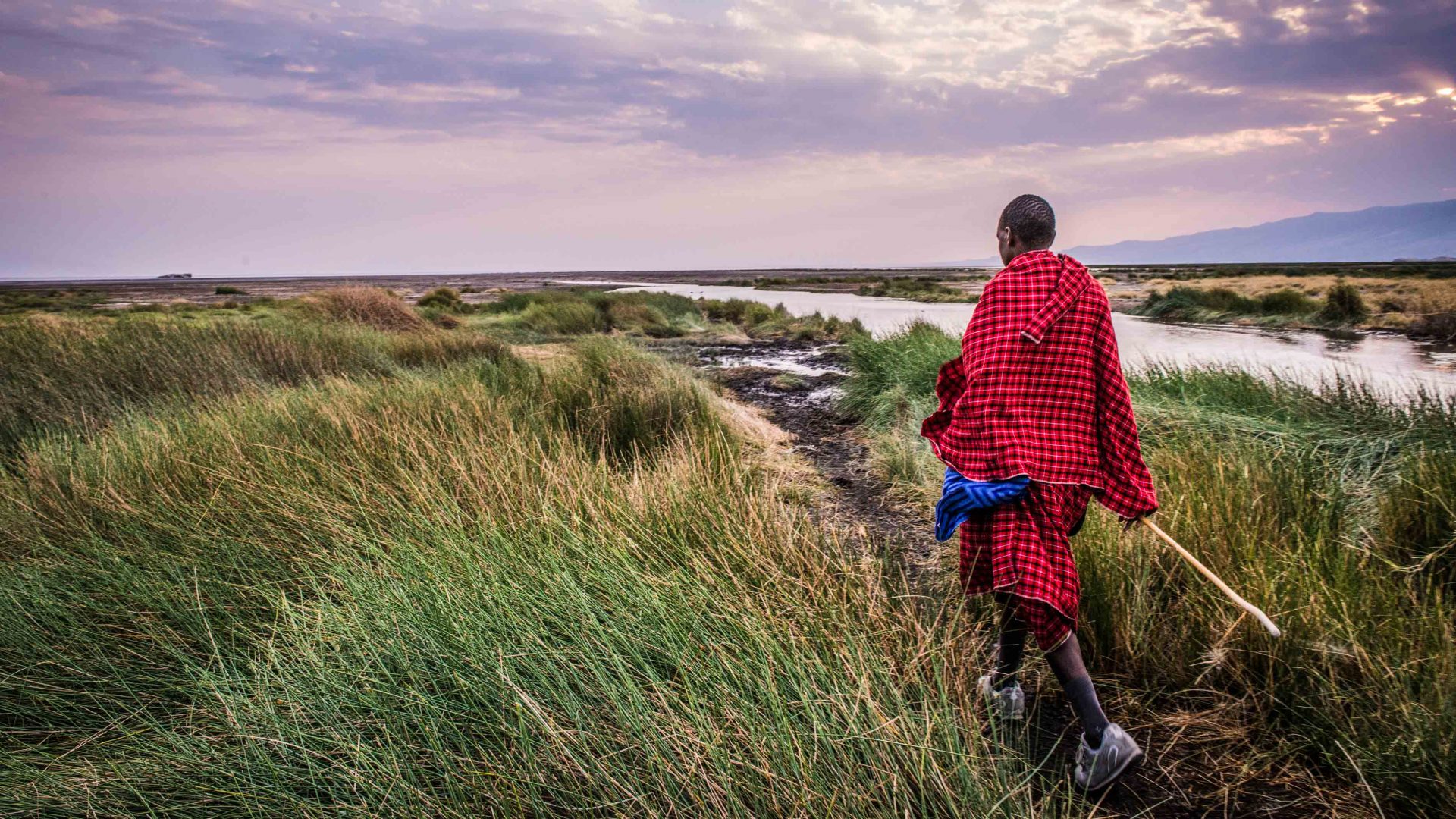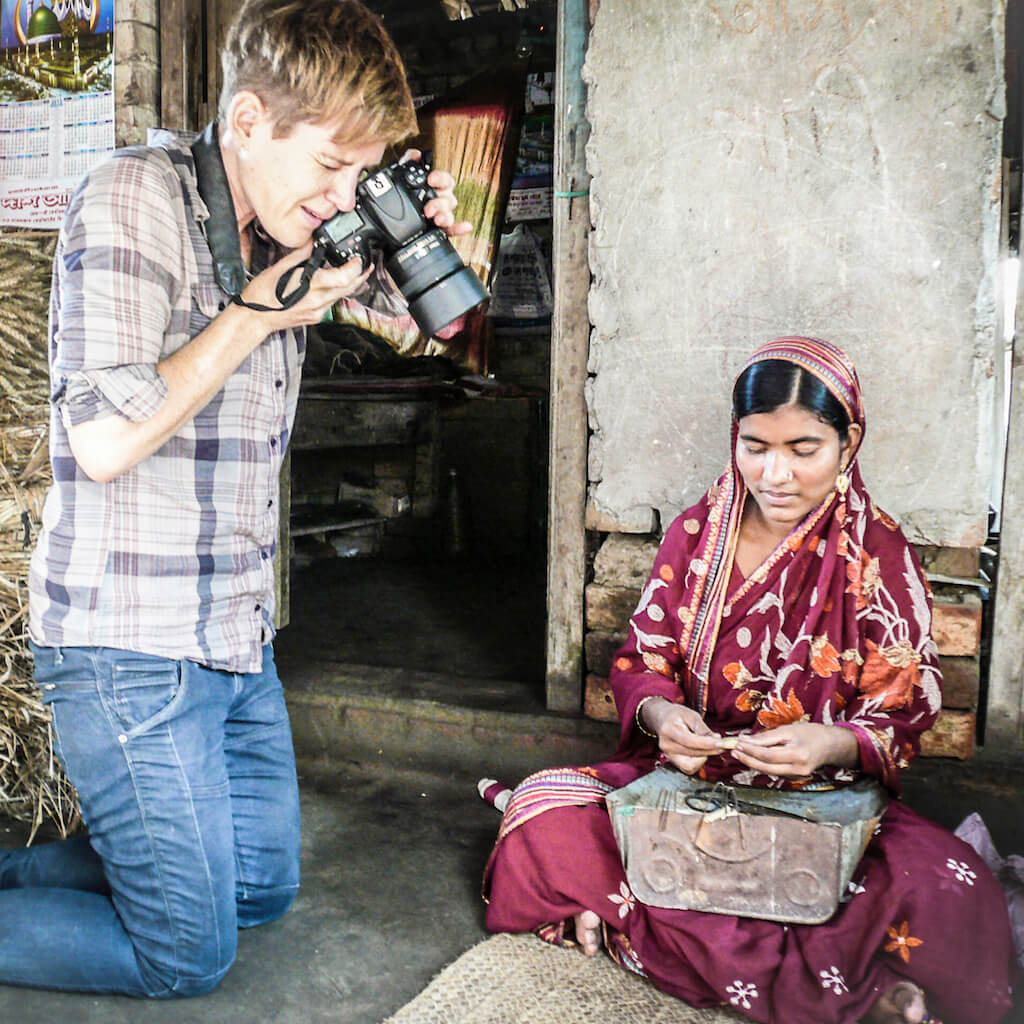When Wikipedia dedicates an entire page to selfie-related injuries and deaths, you know we have a cultural phenomenon—or even an epidemic—on our hands. Lola Akinmade Åkerström explores the dangers of abandoning our instincts in search of instant gratification.
By the time I realized my mistake, it was too late.
On a short and rather packed trip to the Faroe Islands, I was running late for a dinner with local hosts. My stressful schedule meant shaving at least 45 minutes off the time I’d planned on exploring the village of Gásadalur and its iconic Múlafossur waterfall, which plunges into the raging North Atlantic against a pre-historic looking backdrop.
Rushing from my rental car in haste, I forgot to change into hiking boots, and dashed off in the direction of the booming sound of the falls, my camera slung diagonally across my chest.
Trying to find the perfect composition with a singular goal in mind, I kept moving closer to the edge until I slipped and fell, heading towards almost guaranteed sudden death. This would have meant plummeting into the freezing ocean below. Quickly catching my fall before I slid any further, I was brutally jolted back to where I was.
That was when I noticed lush green moss coated with droplets from the waterfall’s spray, the lack of traction on the soles of my shoes, and the uneven patchiness of the landscape around where I’d been tramping. In my rush, I had lost my observational instincts, and the Faroe Islands had immediately beaten me onto my knees. And I wasn’t even taking a selfie.
I was carrying my professional-grade camera, looking squarely at the sweeping panorama in front of me. Imagine if I’d turned my back to it, trying to move and adjust myself in frame?
RELATED: Is it time for travel photographers to take more responsibility?
In a study conducted by Carnegie Mellon University in Pennsylvania, US, and Indraprastha Institute of Information in Delhi, there were at least 127 reported selfie deaths in 2017. Wikipedia actively maintains a list of serious selfie-related injuries and deaths while the economics site Priceonomics is collecting data on fatalities to help map patterns … There’s no shortage of information and articles charting how death-by-selfie tops shark attacks.
Taking a beautifully composed image in the age of social media feels incomplete without physically inserting yourself into the mix. Nowadays, it almost seems foolish to complete that arduous trek, cave dive, zipline, bungee-jump, and skydive without capturing yourself in action. It’s not enough to revel in the deep satisfaction of accomplishment and pushing through challenges—that feat must now also be instantly communicated for all to see.
RELATED: Pro tips for responsible travel photos
The Oxford Dictionary describes a selfie as “a photograph that one has taken of oneself, typically one taken with a smartphone or webcam and shared via social media,” yet this description already feels sorely dated.
In less than two years, the notion of a traditional selfie has evolved. No longer are selfie sticks and that spontaneous hand-over-head gesture enough to commemorate the moment. Carefully crafted selfies complete with tripods and remote triggers—even drones—are the new standard by which all selfies are judged.
